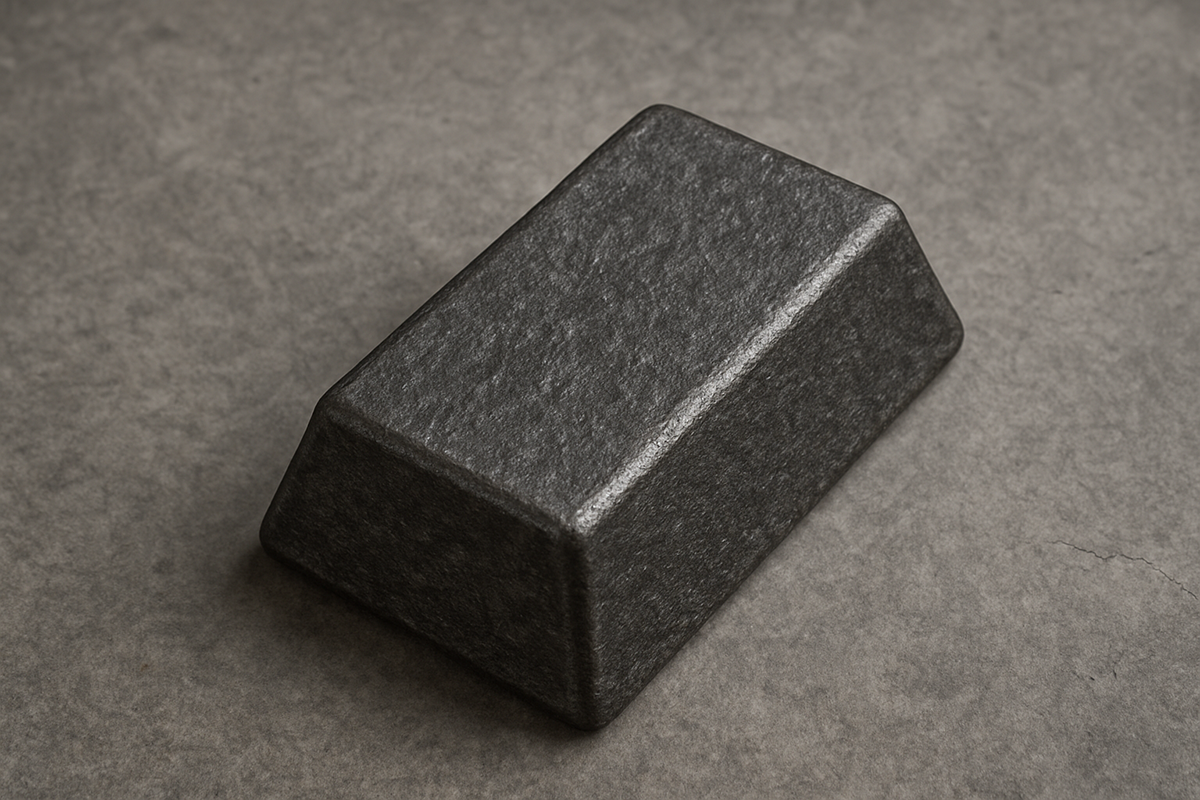
Cast iron ingots are solid blocks of iron that have been cast into specific shapes for storage, transport, or further processing. Known for their durability, excellent machinability, and heat retention, cast iron ingots serve as a foundational material in the production of machinery parts, automotive components, and construction tools. The ingot form allows foundries and manufacturers to melt and reshape the iron into desired parts with minimal waste. Cast iron’s unique properties come from its high carbon content and the cooling method used during casting, resulting in different microstructures and mechanical characteristics.
Alloy Cast Iron is enhanced with alloying elements such as nickel, chromium, molybdenum, or copper to improve its corrosion resistance, strength, and hardness. This type of cast iron is ideal for applications that demand enhanced wear and heat resistance, such as furnace parts, engine components, and industrial valves.
Ductile Cast Iron, also known as nodular or spheroidal graphite iron, contains magnesium or cerium to transform the graphite content into spherical nodules. This gives it exceptional tensile strength, impact resistance, and elasticity, making it perfect for automotive parts, gears, and heavy-duty equipment where both strength and flexibility are needed.
Grey Cast Iron is the most common type, characterized by its flake graphite microstructure that gives it excellent vibration damping and compressive strength. It is widely used in engine blocks, pump housings, and pipe fittings, offering a good balance of machinability and performance at an economical cost.
Pig Cast Iron is a crude form of iron that comes directly from a blast furnace and is used as a raw material in further steelmaking or cast iron production. Named for the “piglet” shapes formed when poured into sand molds, it contains high carbon and silicon levels and is primarily used in remelting operations.
White Cast Iron has a hard, brittle structure due to its fast cooling process, which prevents the formation of graphite. Its surface appears white due to the presence of iron carbides. Though difficult to machine, it is highly wear-resistant and is used in applications such as slurry pumps, mill liners, and brake rotors.

© 2013 Vertix Co. All Rights Reserved. Leading Supplier Of Foundry & Metallurgical Materials